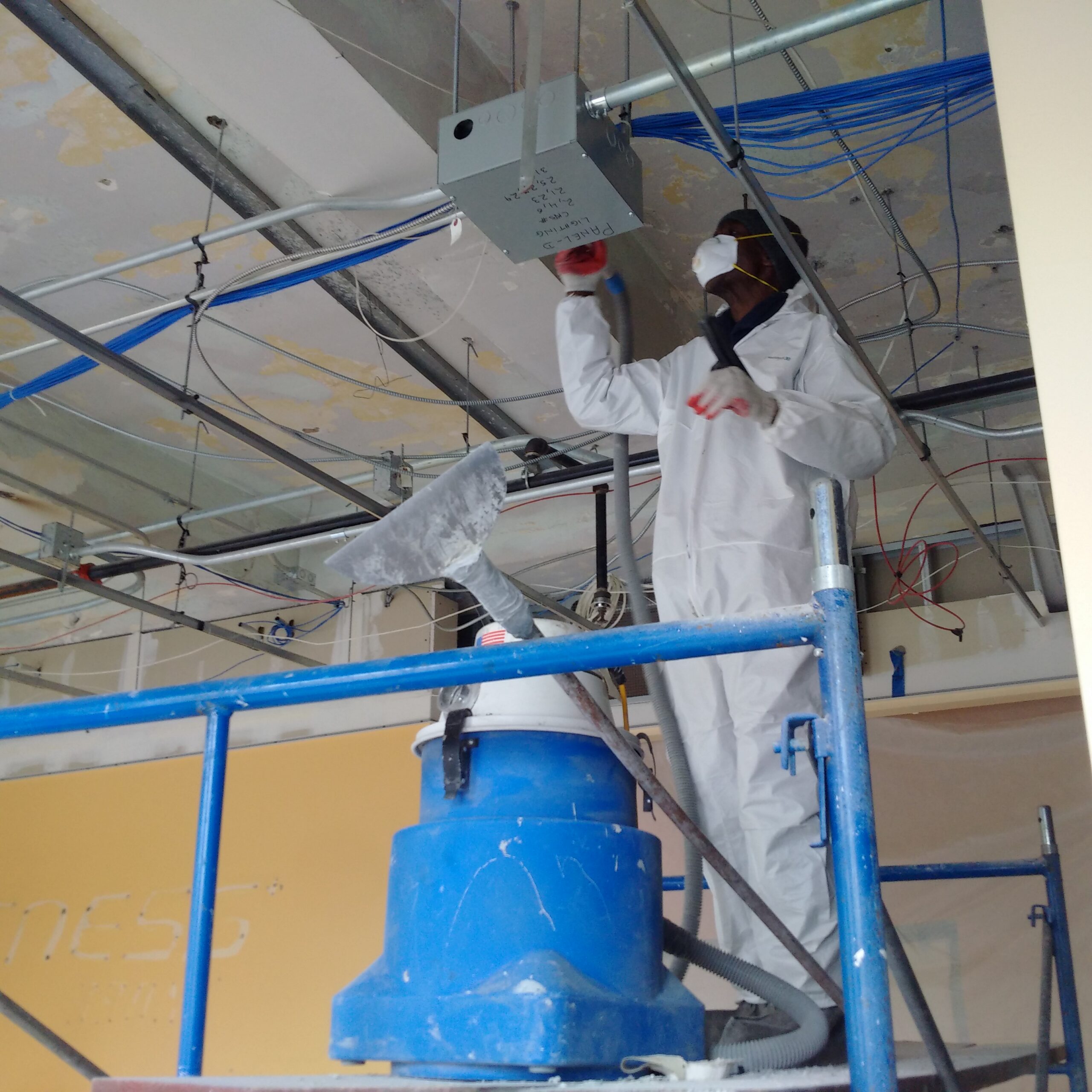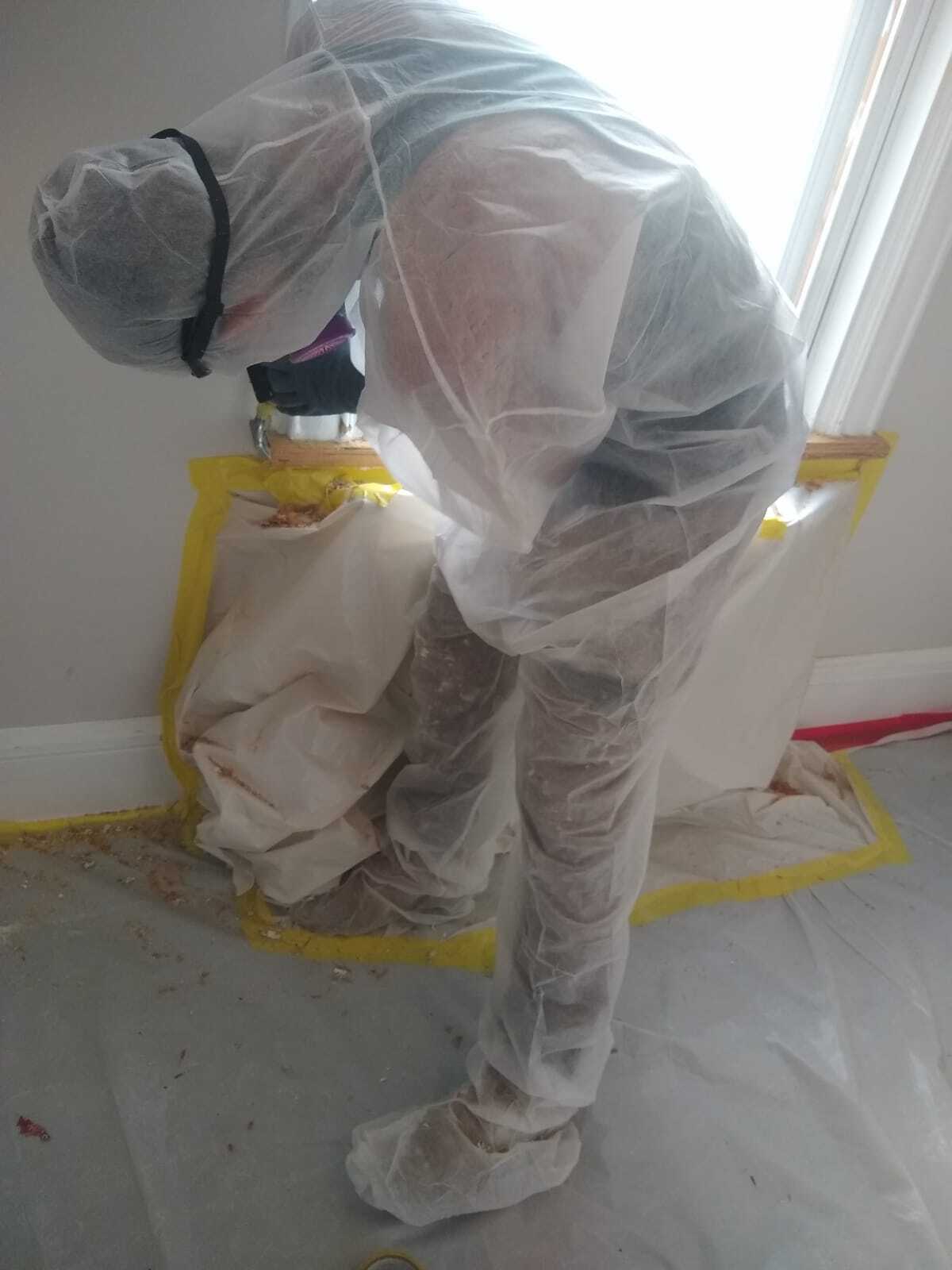Expert Lead Violation Removal in NYC-- Protect Against Health Hazards
Expert Lead Violation Removal in NYC-- Protect Against Health Hazards
Blog Article
Ideal Practices for Making Certain Safe and Complete Lead Violation Reduction
Addressing lead infraction reduction requires a multi-faceted technique to make certain both security and conformity. Initial evaluations utilizing advanced detection techniques such as XRF analyzers established the stage for an accurate understanding of contamination levels. Integrating appropriate control techniques, including impermeable obstacles and HEPA filtration, combined with the usage of individual protective tools (PPE) for employees, develops the foundation of a secure operation. Careful cleaning methods, featuring HEPA vacuuming and wet-wiping, are important. Yet, it's the last clearance process, entailing thorough evaluations and lab screening, that genuinely validates a lead-free setting, making certain long-term safety. Just how do these techniques interconnect to guarantee thorough lead abatement?

Preliminary Assessment
Conducting an initial analysis is a critical primary step in lead offense abatement. This stage encompasses a detailed examination of the building to determine the presence, degree, and particular areas of lead-based dangers. Certified experts, such as qualified lead examiners or take the chance of assessors, must perform a detailed site assessment, utilizing tools like X-ray fluorescence (XRF) analyzers to properly find and gauge lead concentrations in paint, dirt, dirt, and water.
The analysis should likewise include a review of the structure's background, previous reports, and any type of complaints or health and wellness concerns reported by occupants - Lead Removal Contractors. Recording the searchings for carefully is necessary, as these records form the basis for establishing an efficient reduction strategy. A complete analysis also includes tasting and lab evaluation, which are essential to confirm the existence of lead and overview succeeding activities
Furthermore, it is critical to communicate the results transparently to all stakeholders, including homeowner, tenants, and regulatory authorities. By guaranteeing that the first assessment is conducted with precision and rigor, experts can lay a solid foundation for a targeted and effective lead abatement process, eventually protecting public health and wellness and making certain compliance with regulatory standards.
Correct Control
Appropriate containment is crucial to protect against the spread of lead pollutants during reduction tasks. Effectively managing control reduces the risk of lead dirt and debris moving to non-work areas, therefore securing both the environment and people outside the prompt work area.

Routine inspections of the control area are needed to look for violations or weaknesses in the obstacle. Any determined issues must be promptly dealt with to maintain the integrity of the control. By sticking to these practices, reduction projects can successfully control lead contamination and reduce affiliated health and wellness threats.
Worker Security
Making certain employee security is critical throughout lead abatement tasks to avoid occupational exposure to harmful lead particles. Vital actions consist of the usage of personal safety tools (PPE) such as respirators, handwear covers, and full-body matches specifically created to obstruct lead dirt and fumes. Workers ought to go through thorough training on the correct usage and maintenance of PPE, consisting of healthy screening for respirators to ensure optimum efficacy.
Engineering controls, such as regional exhaust ventilation systems, are vital in decreasing air-borne lead focus in the workplace. Administrative controls should also be executed, including limiting the duration of exposure and turning workers to decrease private direct exposure times. Normal clinical security and organic surveillance are indispensable for very early discovery of lead absorption, making it possible for prompt treatment and therapy.
Moreover, establishing a purification method is essential. Employees need to comply with rigid purification procedures before breaks and at the end of their change to avoid lead dirt from being brought outside the workplace. This includes comprehensive hand and face washing with lead-specific cleansing representatives and altering out of polluted clothing.
Meticulous Cleaning
Preserving a safe workplace prolongs beyond worker protection and incorporates careful clean-up to ensure lead fragments are completely removed from the website. The procedure of meticulous cleaning is important in avoiding the recontamination of the mellowed out area and guarding both present and future residents.
To attain a detailed cleanup, all workspace have to be systematically sanitized. This involves making use of specialized HEPA (High-Efficiency Particulate Air) vacuum cleaners and wet-wiping strategies to capture and get rid of fine lead dust that might have decided on surface areas. It is critical to clean up all straight surfaces, consisting of floorings, window sills, and countertops, along with vertical surfaces that might have trapped lead bits.
Employees must put on proper personal protective tools (PPE) during clean-up to avoid exposure to recurring lead dirt. Used cleaning products such as wipes, sponges, and wipe heads should be thrown away in accordance with dangerous waste disposal laws.

Last Clearance
Last clearance is the important ending stage of lead abatement that establishes whether the site is risk-free for reoccupation. This important action involves extensive examination and screening to verify that all lead risks have been successfully removed. The process begins with a visual inspection by a certified lead-based paint examiner or threat assessor to guarantee no noticeable dust or debris stays. This is adhered to by collecting dust wipe samples from various surfaces, including floors, windowsills, and other horizontal surfaces. Lead Removal Contractors.

Last clearance testing not only safeguards future occupants yet additionally makes sure compliance with neighborhood, state, and government policies. Moreover, it read this offers as a documented recognition of the reduction professional's adherence to sector finest practices. Making sure an extensive and successful last clearance is important visit this website in guarding public health and wellness and fostering rely on the abatement procedure.
Final Thought
Guaranteeing secure and extensive lead violation abatement demands a multifaceted strategy encompassing first analyses with sophisticated discovery methods, efficient control techniques, rigid employee defense procedures, and thorough clean-up procedures. The final clearance phase, featuring comprehensive assessments and laboratory testing, is crucial to confirm conformity with EPA criteria. Adherence to these best methods assures a safe environment for passengers, minimizes health dangers, and maintains governing requirements, thus promoting public health and wellness and safety and security in lead-affected locations.
Report this page